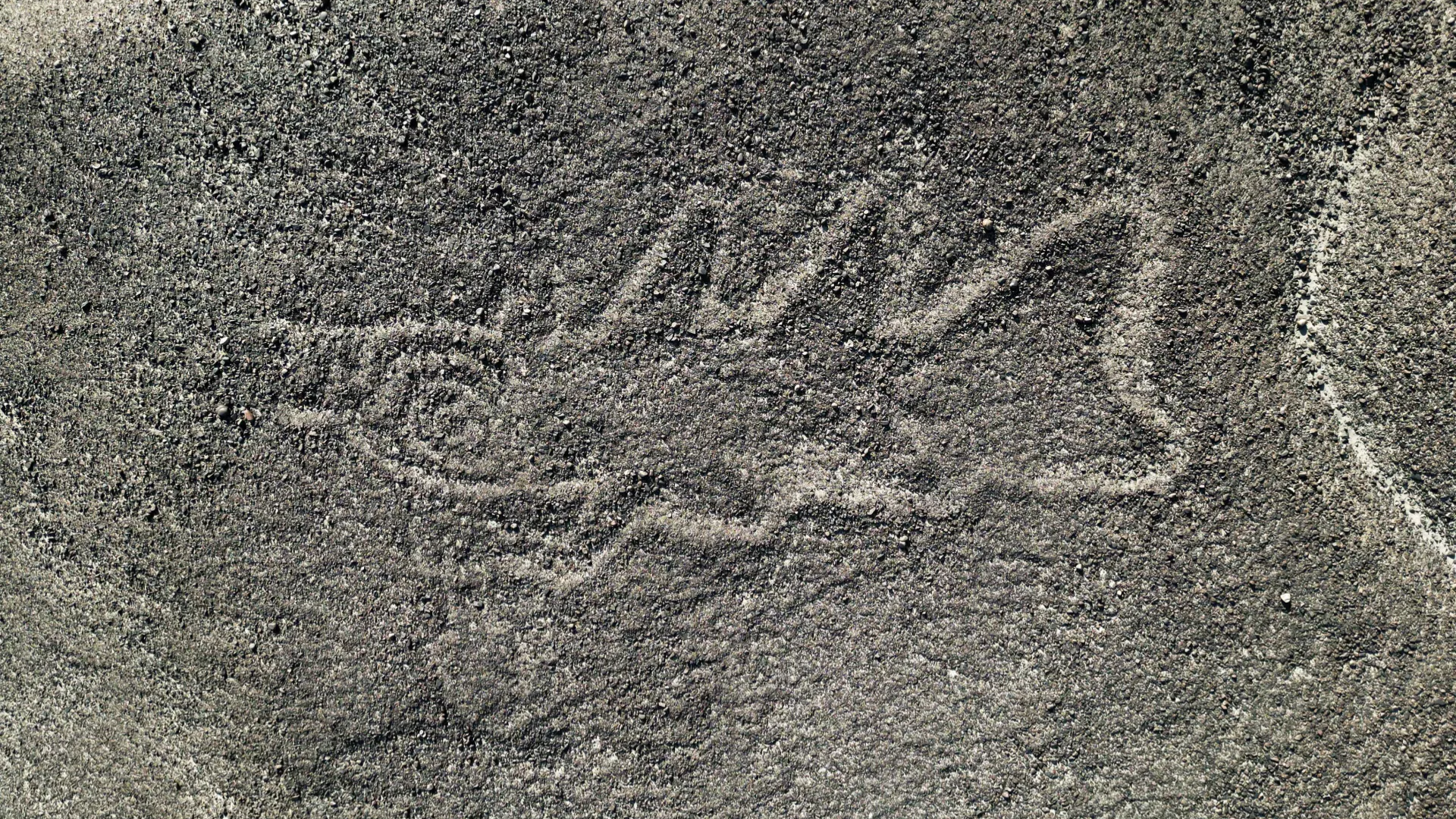Uncover New Ancient Mysteries in Nazca with Over 300 Newly Revealed Geoglyphs
The Nazca Lines, one of Peru’s most enigmatic treasures, continue to captivate the world with their scale, precision, and mystery. These ancient geoglyphs, etched into the desert plains over 2,000 years ago, are renowned for their depictions of animals, plants, and geometric shapes visible only from above. Recent discoveries have shed new light on this UNESCO World Heritage Site: archaeologists and researchers, using advanced drone and AI technologies, have uncovered over 300 previously unknown geoglyphs scattered across the region. These findings offer fresh insights into the cultural and ceremonial significance of the lines, thought to have been created by the Nazca and Paracas cultures. As scientists unravel their secrets, visitors have the unique opportunity to witness a chapter of history still being written, making the Nazca Lines a must-see destination for anyone intrigued by the mysteries of the ancient world.
AI Unveils 303 New Nazca Geoglyphs

In a significant breakthrough, a collaboration between Japan's Yamagata University and IBM Research has led to the discovery of 303 new geoglyphs in the Nazca Desert, Peru. This research utilized artificial intelligence (AI) to analyze high-resolution aerial images, allowing for faster and more precise identification of geoglyphs. Over a period of just six months, the team significantly expanded the known collection of these ancient figures, nearly doubling the number of previously discovered geoglyphs, which are believed to have been created more than 2,000 years ago by the Nazca culture
The new geoglyphs vary in style and include both large line-type figures, typically depicting wild animals, and smaller relief-type geoglyphs, which often feature human-related motifs. The discovery has also provided new insights into the geoglyphs' potential purposes. While the larger figures are thought to have been used for community rituals, the smaller relief-type geoglyphs may have functioned as informational markers along the Nazca trails. By employing AI to process large datasets, researchers have been able to accelerate the discovery process, identifying new geoglyphs with greater efficiency than traditional methods. This advancement is helping to unlock the mysteries of these iconic, ancient symbols and their role in the ancient Nazca society.

AI Revolutionizes Archaeology
Led by archaeologist Masato Sakai, a groundbreaking study revealed the discovery of 303 new Nazca geoglyphs through the innovative use of artificial intelligence (AI). Sakai's team collaborated with IBM Research to develop a method that employed AI to analyze high-resolution geospatial data, greatly accelerating the identification of these ancient artworks. Traditionally, identifying such geoglyphs from aerial images was a slow and tedious process, with the risk of missing subtle figures due to the vast and rugged terrain of the Nazca Desert. However, with AI's ability to swiftly process and map these images, the team discovered both large, linear depictions of wild animals and smaller, intricate figures of humans and domesticated camelids
This research, published in the Proceedings of the National Academy of Sciences (PNAS), highlights the transformative power of AI in archaeology. The technology allowed the researchers to identify geoglyphs at a rate 16 times faster than previous methods, reducing the likelihood of overlooking important patterns and enhancing the precision of the findings. The new discoveries not only double the known geoglyphs but also offer new insights into their possible ceremonial and cultural significance within the ancient Nazca society
This research marks a pivotal moment in how modern technology can help unlock the mysteries of the past, promising to further revolutionize archaeological exploration and preservation.

For travelers, the unveiling of these new geoglyphs offers a unique opportunity to experience Nazca like never before. The desert, already a UNESCO World Heritage Site, is now home to even more intricate and mysterious figures that have yet to be fully explained. Visitors can witness firsthand the remarkable legacy of Peru’s ancient civilizations while exploring the breathtaking desert landscapes.
Plan your trip to Nazca and be one of the first to see these newly discovered geoglyphs, unlocking the mysteries of Peru’s past.





